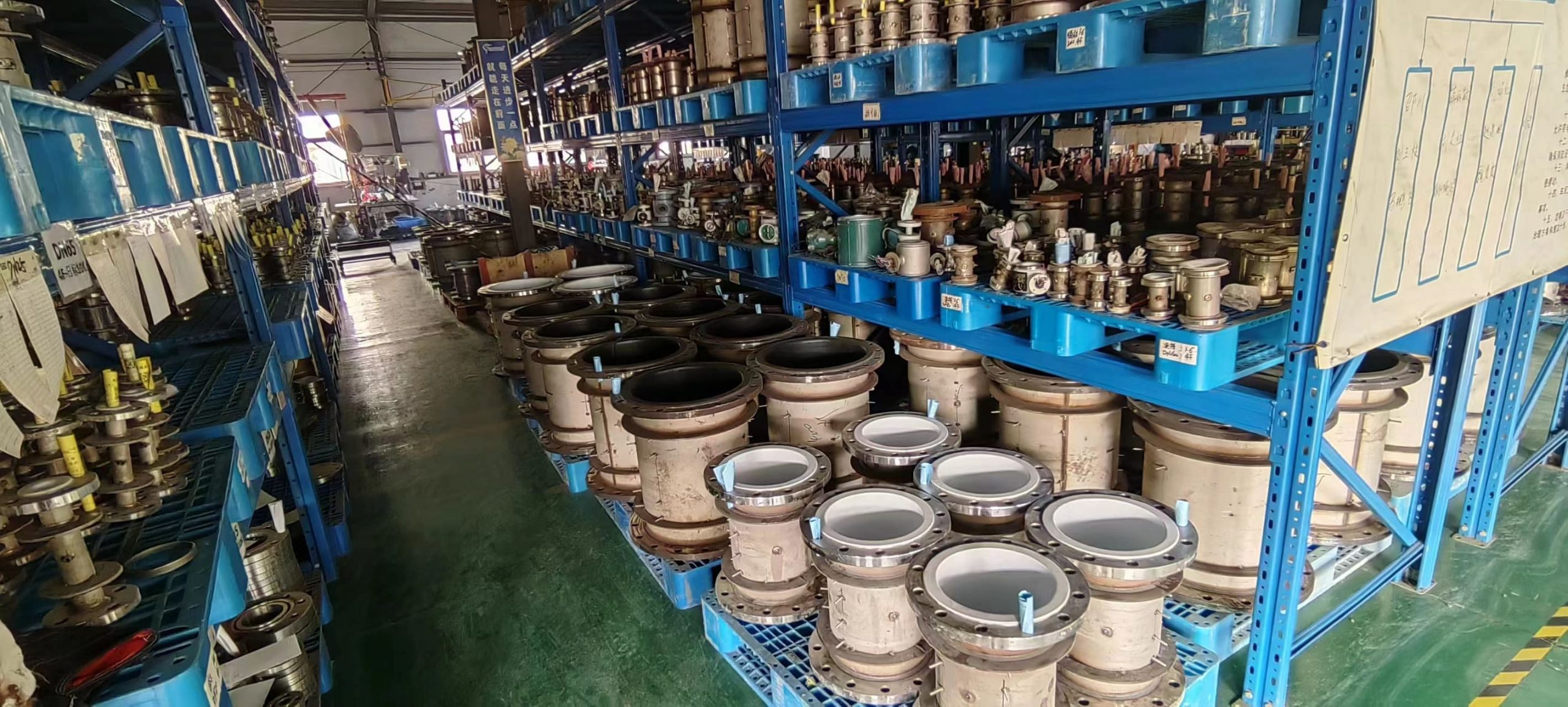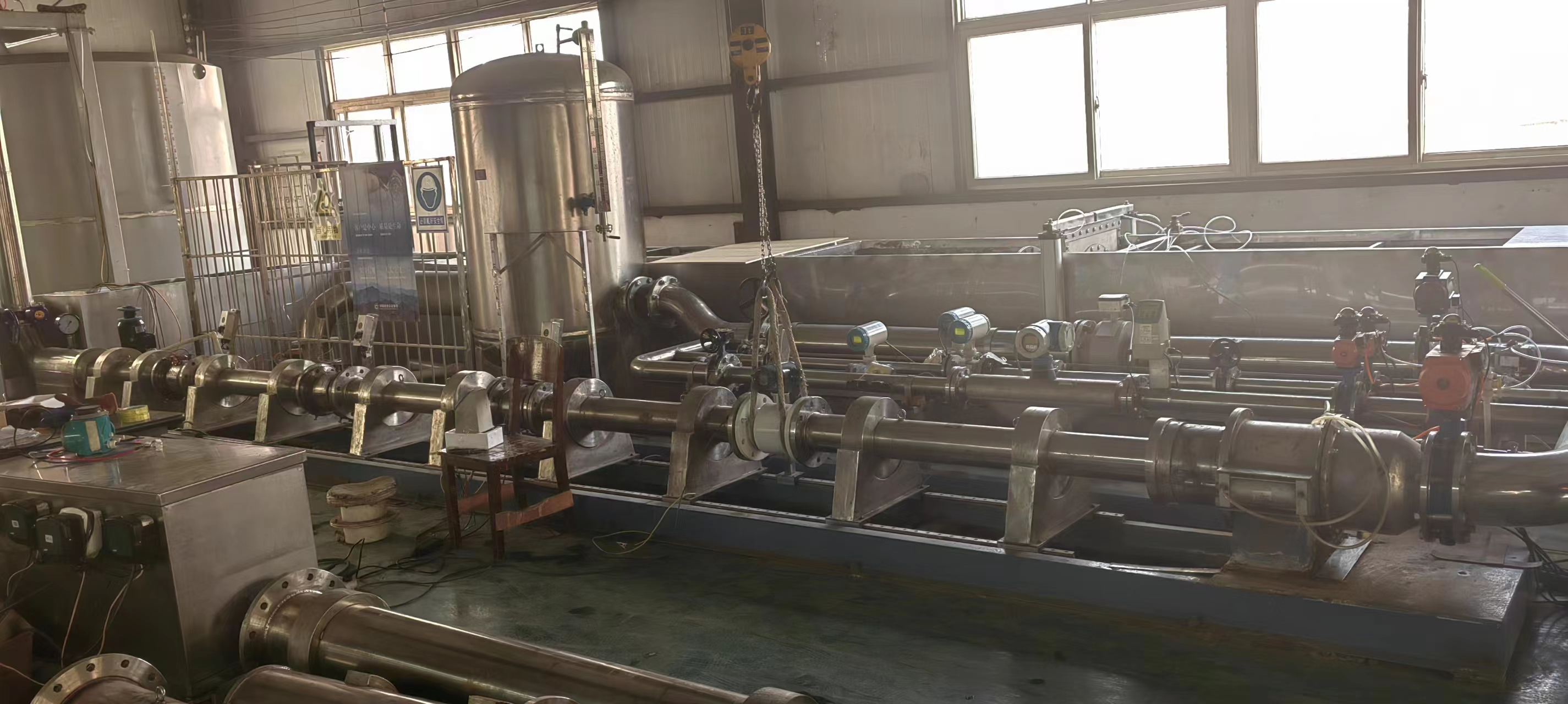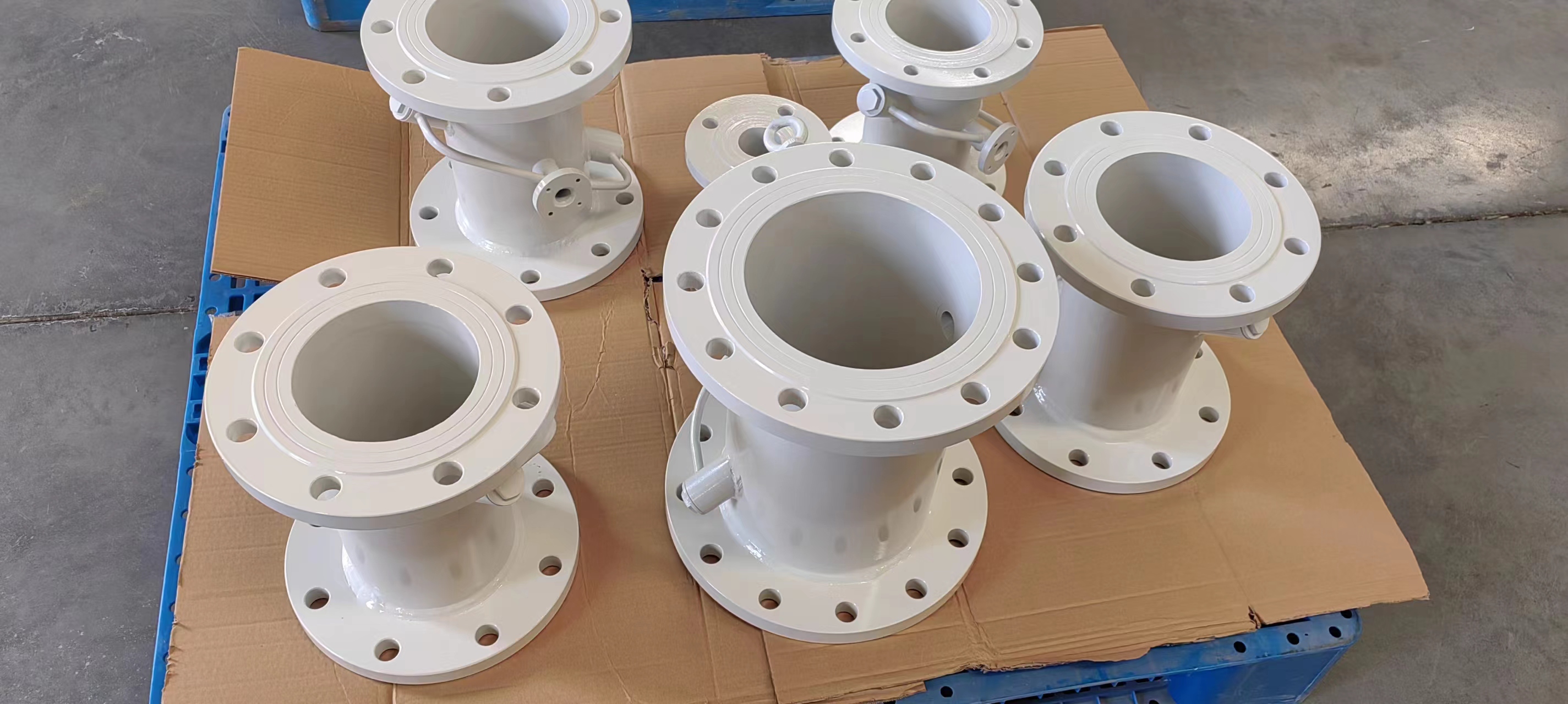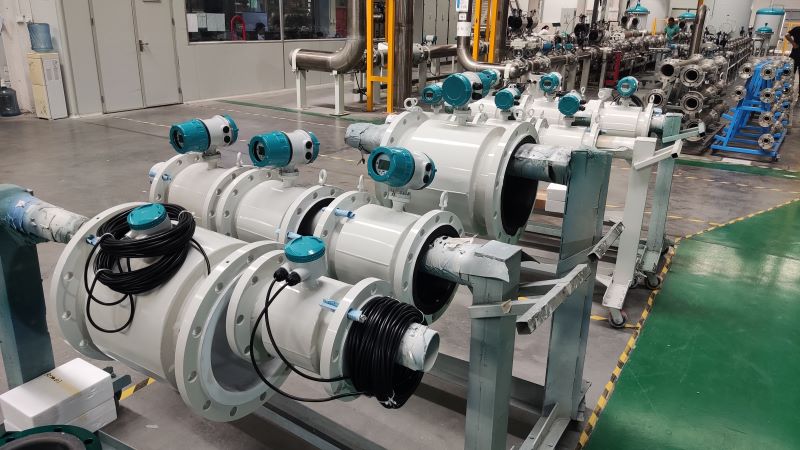What are the common faults of the intelligent split-type sewage electromagnetic flowmeter
During the production and operation of the intelligent split-type sewage electromagnetic flowmeter, various faults may occur. 1. Instrument indication errors caused by faults of the instrument itself, including damage to the structural components or parts of the instrument, etc. 2. The faults are caused by the installation environment of the instrument or improper installation, such as the straight pipe sections installed upstream and downstream of the sensor not meeting the requirements, the measured medium not filling the pipeline, and electromagnetic interference in the measurement environment, etc.
Because the corresponding solutions to faults vary under different circumstances, in order to quantify faults more accurately and detect and solve electromagnetic flowmeter faults more quickly, electromagnetic flowmeter faults are classified into two basic categories based on the time scale of their occurrence. One type is the faults that occur during the installation and testing of the instrument, and the other type is the faults that occur after the instrument is put into operation.
To enhance the service life of the intelligent split-type sewage electromagnetic flowmeter and reduce the probability of its failure, the daily maintenance of the electromagnetic flowmeter mainly includes the following aspects
Regular cleaning of the scale layer on the inner wall of the transmitter tube can effectively ensure the good insulation performance of the insulating lining.
2. In actual production, regular inspection of instruments is the key to ensuring the indication accuracy of electromagnetic flowmeters, especially the inspection of the sealing of instrument end covers and connection ports, which is an important step to prevent moisture and water from entering the instrument. In addition, to ensure the high sealing performance of the instrument, the threads of the housing cover must always be coated with lubricating grease and must not be damaged by collision.
3. During the operation of the flowmeter, regularly calibrate the zero point of the instrument and ensure the effective grounding of the electromagnetic flowmeter.


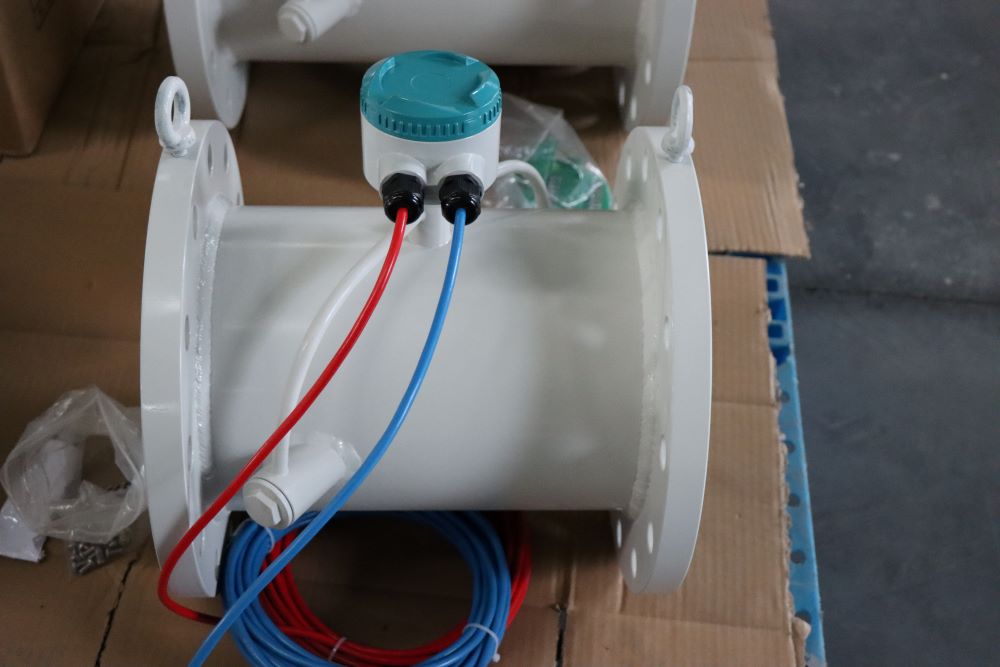
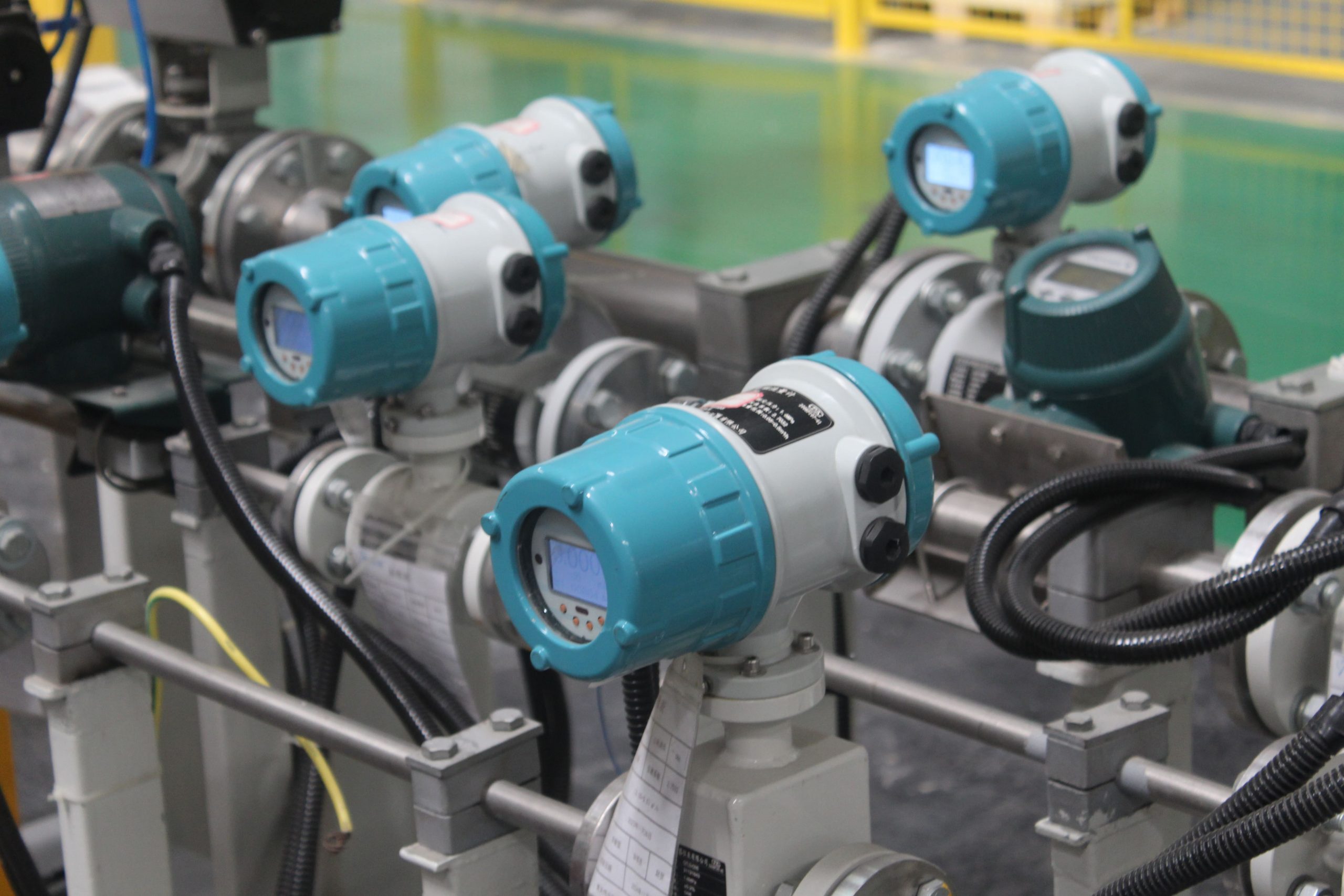
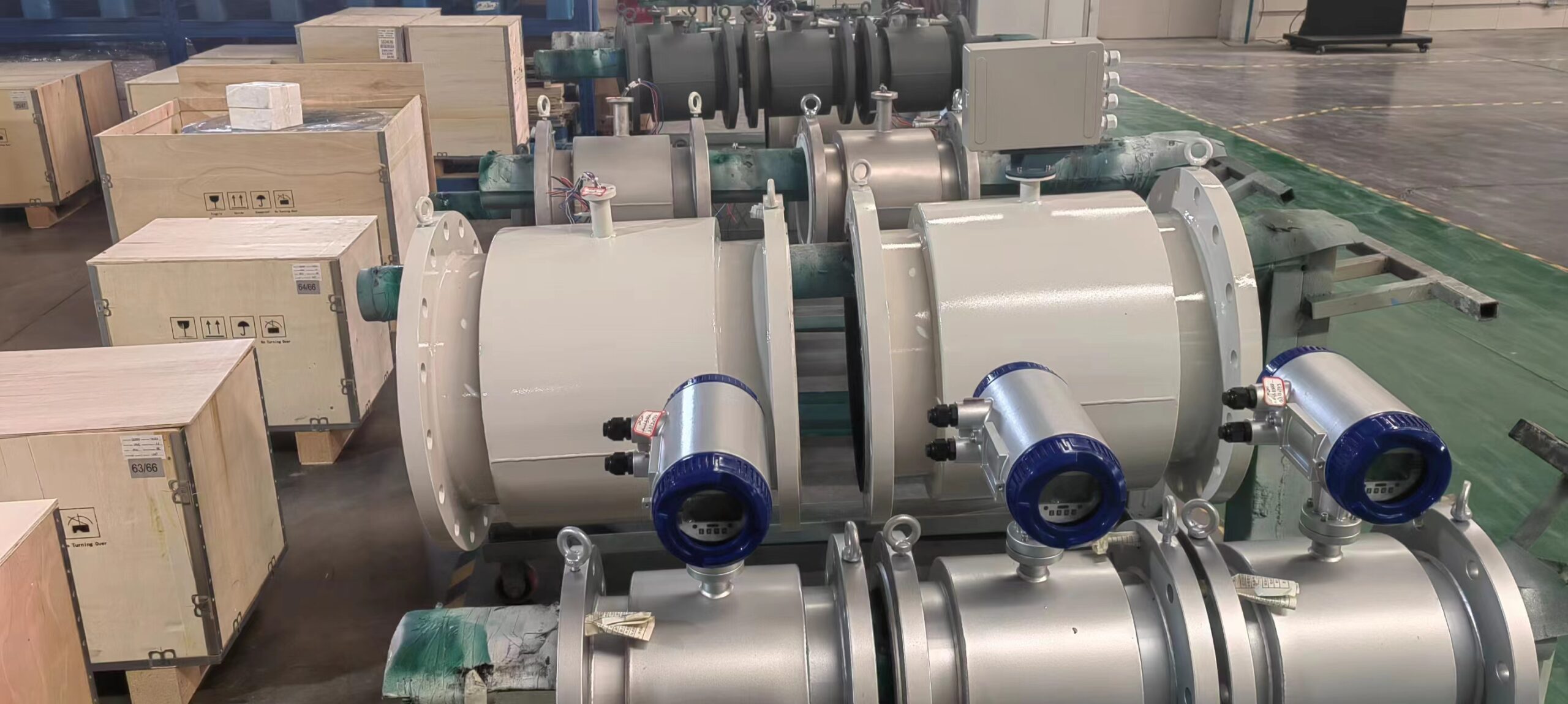


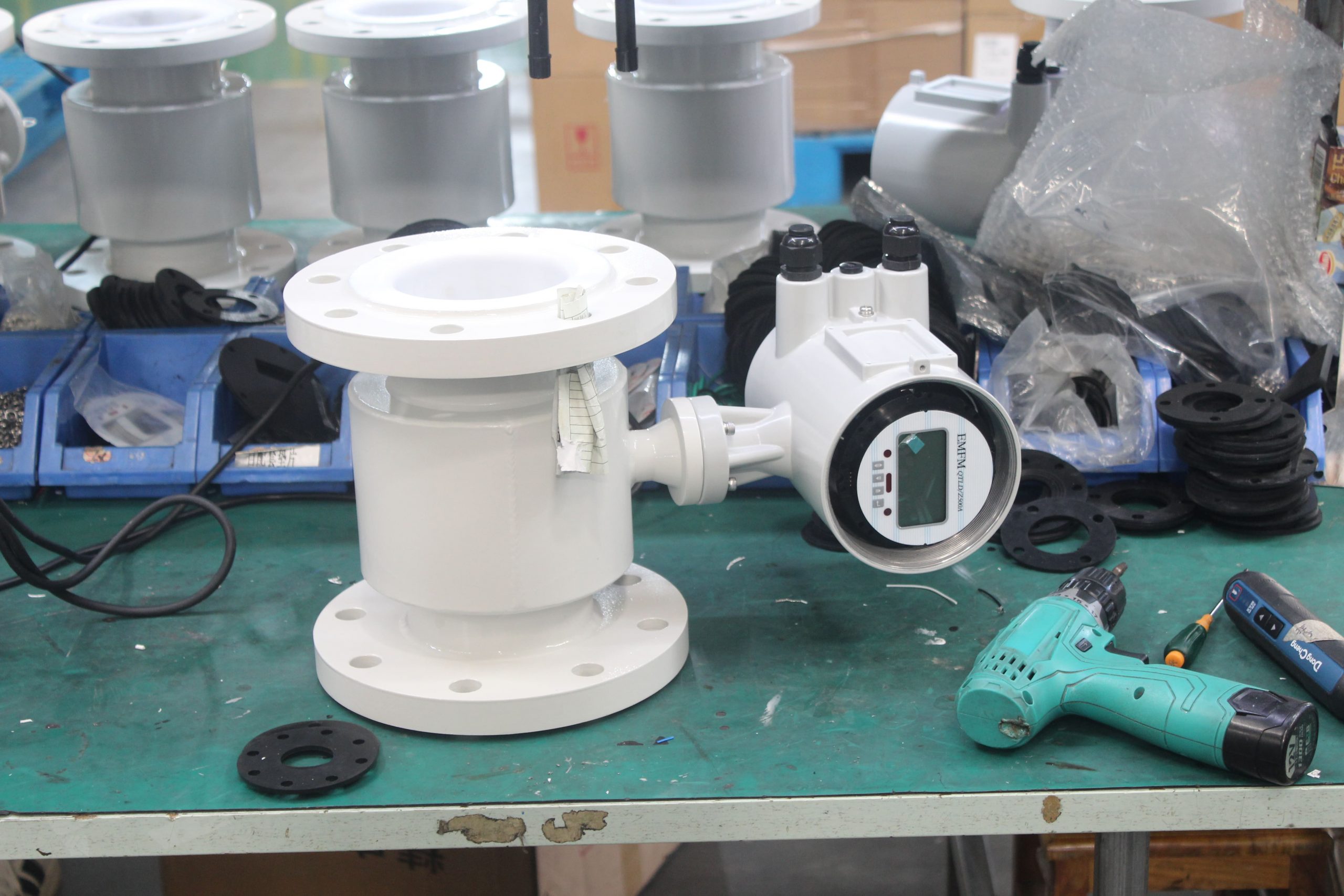


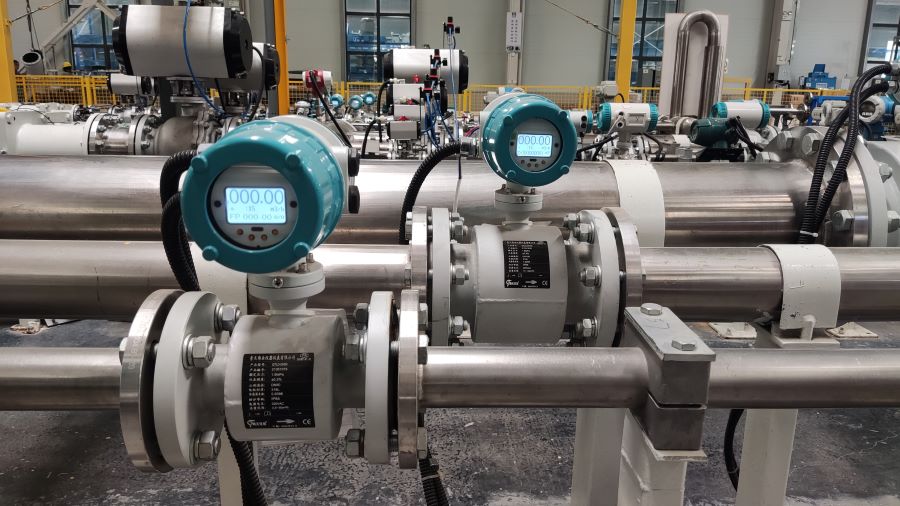

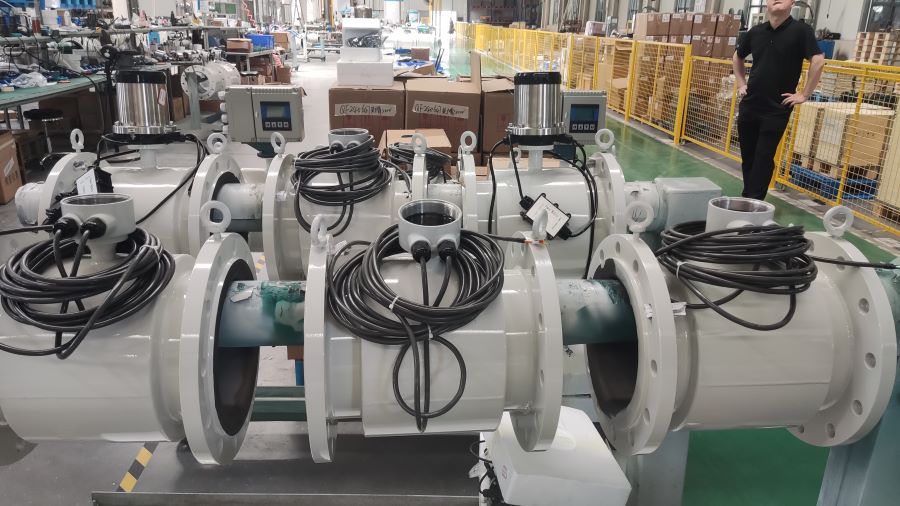
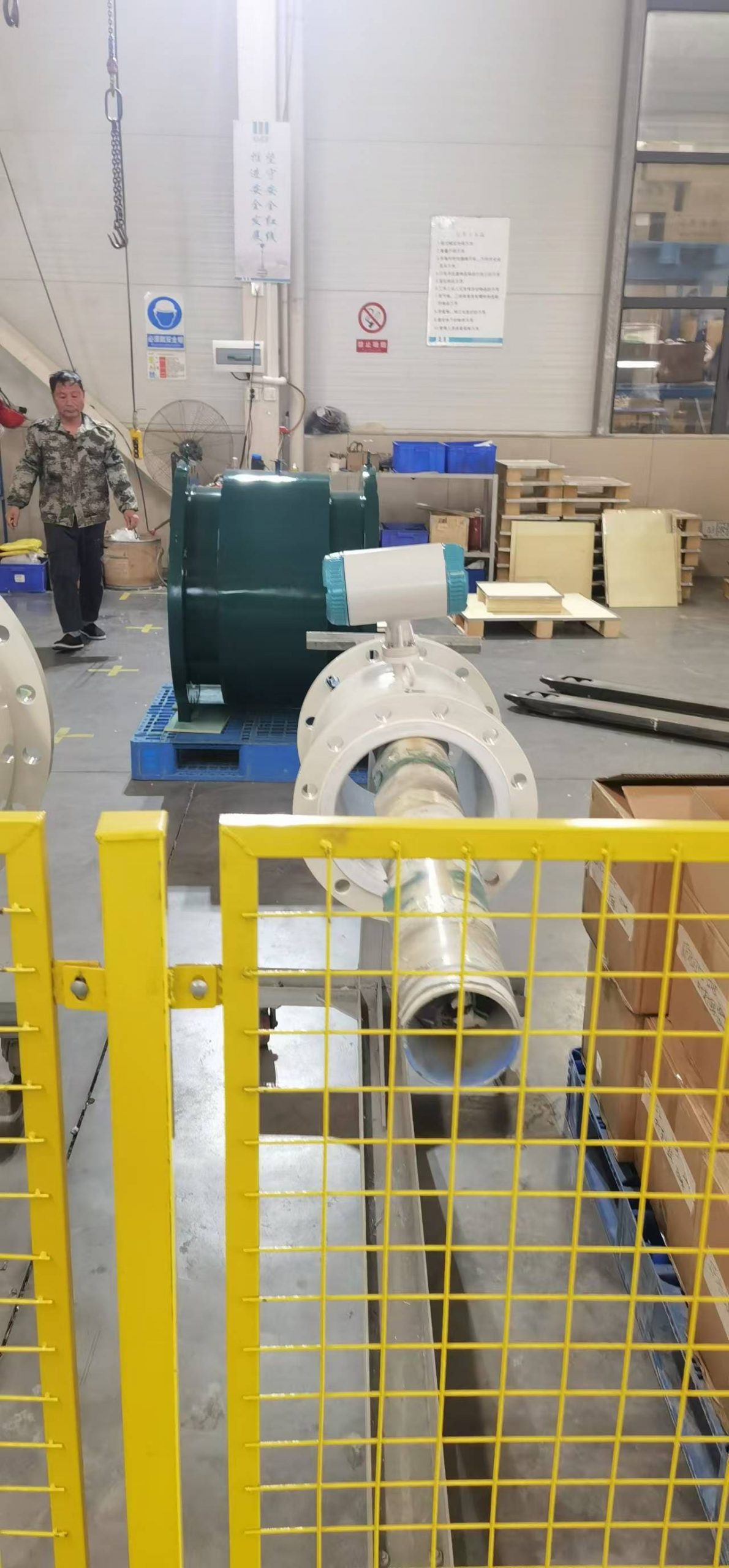

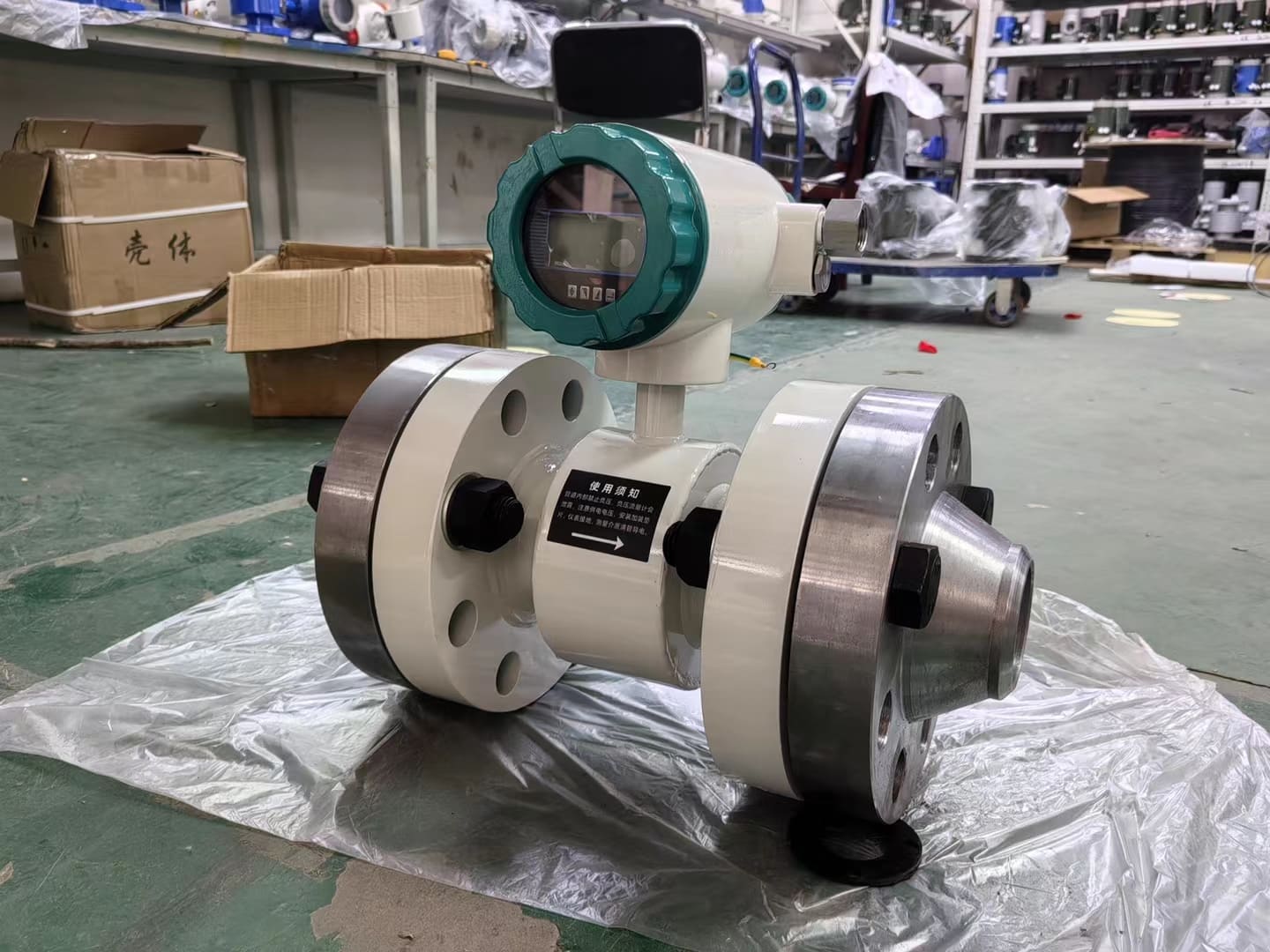

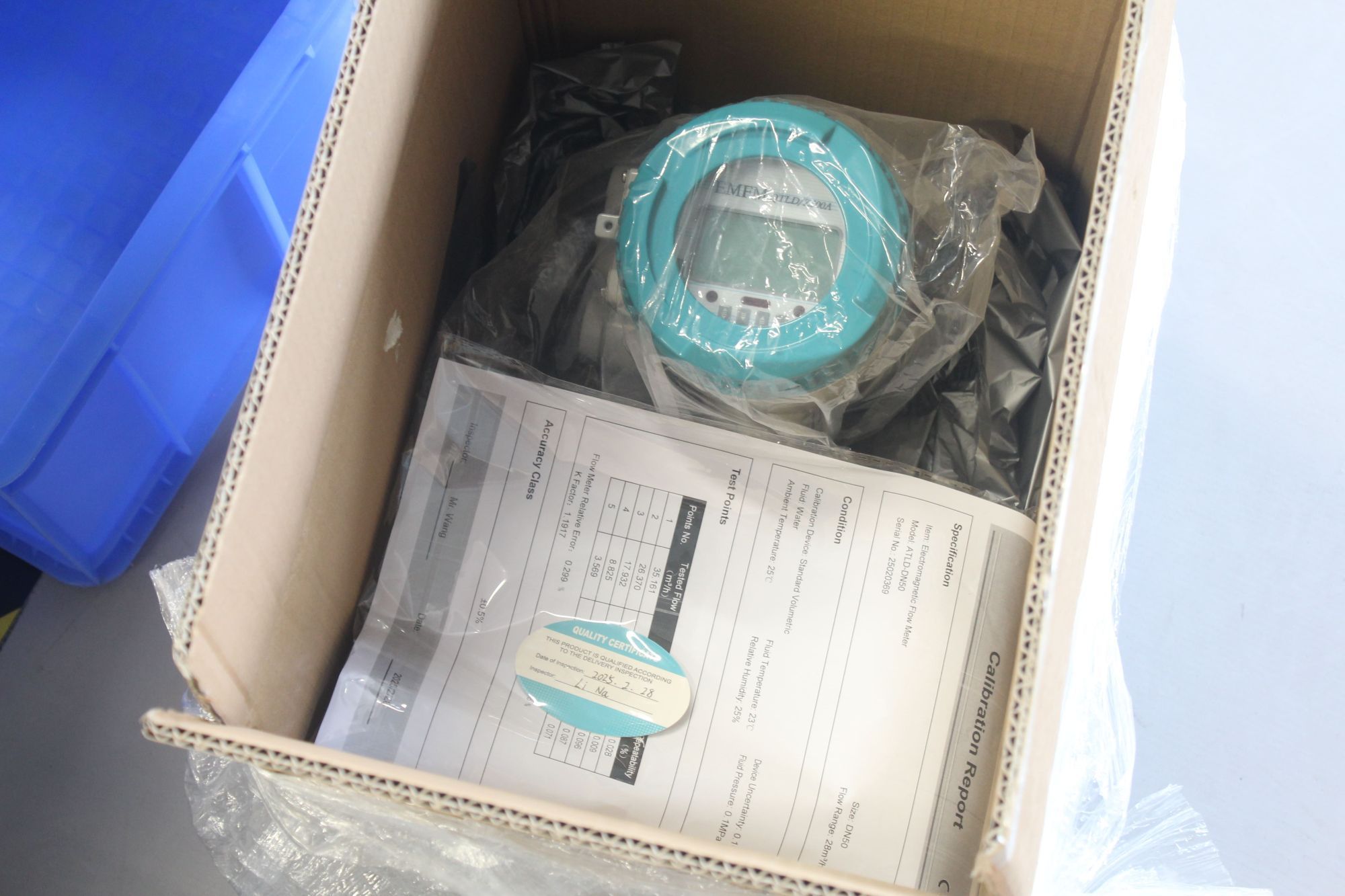
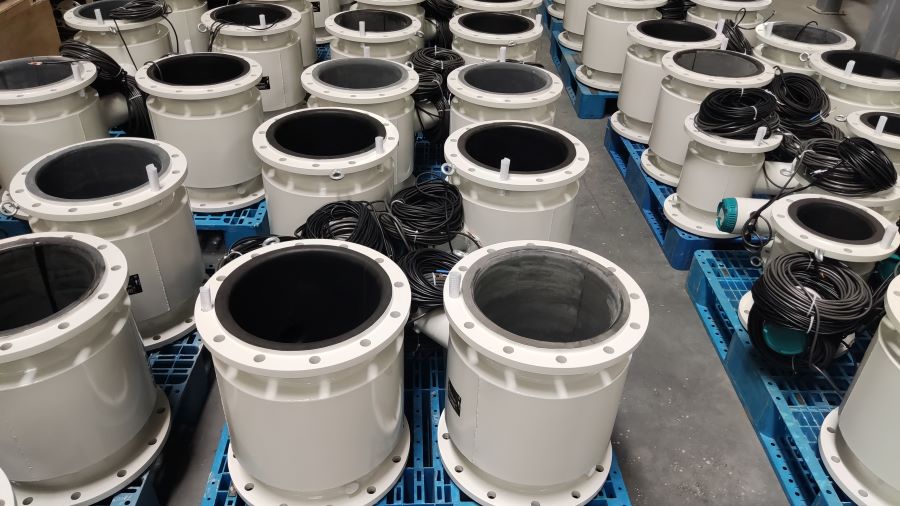



-.jpg)
